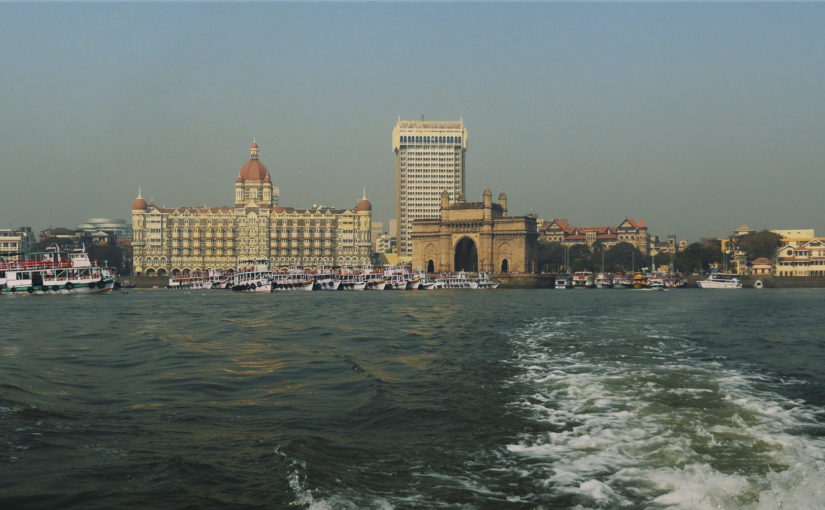On 26th of November, 2008, India witnessed one of the most horrifying acts of terrorism, with 12 coordinated shootings, bombings, and hostage situations taking place across Mumbai. The attack targeted some of the most populous areas of the city and took hundreds of lives and injured many more, in a short span of four days.
The perpetrators of this inhumane attack had travelled across the sea and docked near Colaba, right in the heart of Mumbai. The ease with which they had crossed into international waters made 26/11 a wake-up call for India, emphasizing the need for stringent security measures along the coastline and marine routes.
Even as the government was reeling from the terror attack, numerous measures were implemented to enhance security in coastal areas and improve safety at sea. Several rescue and surveillance boats were commissioned, with stringent safety standards made mandatory for marine trade and commerce. An interception-based approach, rather than a simple patrol was considered, with the use of high-speed boats, which could travel at a speed of up to 40-45 knots, being promoted.
The Catch?
Unfortunately, safety regulations and legislation for oceans and seas have always been a reactive measure, after some calamitous attack has spurred action. Disasters such as the 9/11 attack on the World Trade Center and the 26/11 Mumbai bombings have been the catalysts for rapid deployment of safety measures to protect coastlines and naval routes.
India has 13 major ports and over 200 minor and intermediate ports along its eastern and western coastlines and islands. More than 90% of Indian trade, by volume, is carried out via sea routes. Yet, the need still remains to view safety as a basic requirement, not a supplementary resource. The high density of trade along the sea lines of communication makes a safe environment crucial for the sustainable growth of the maritime industry.
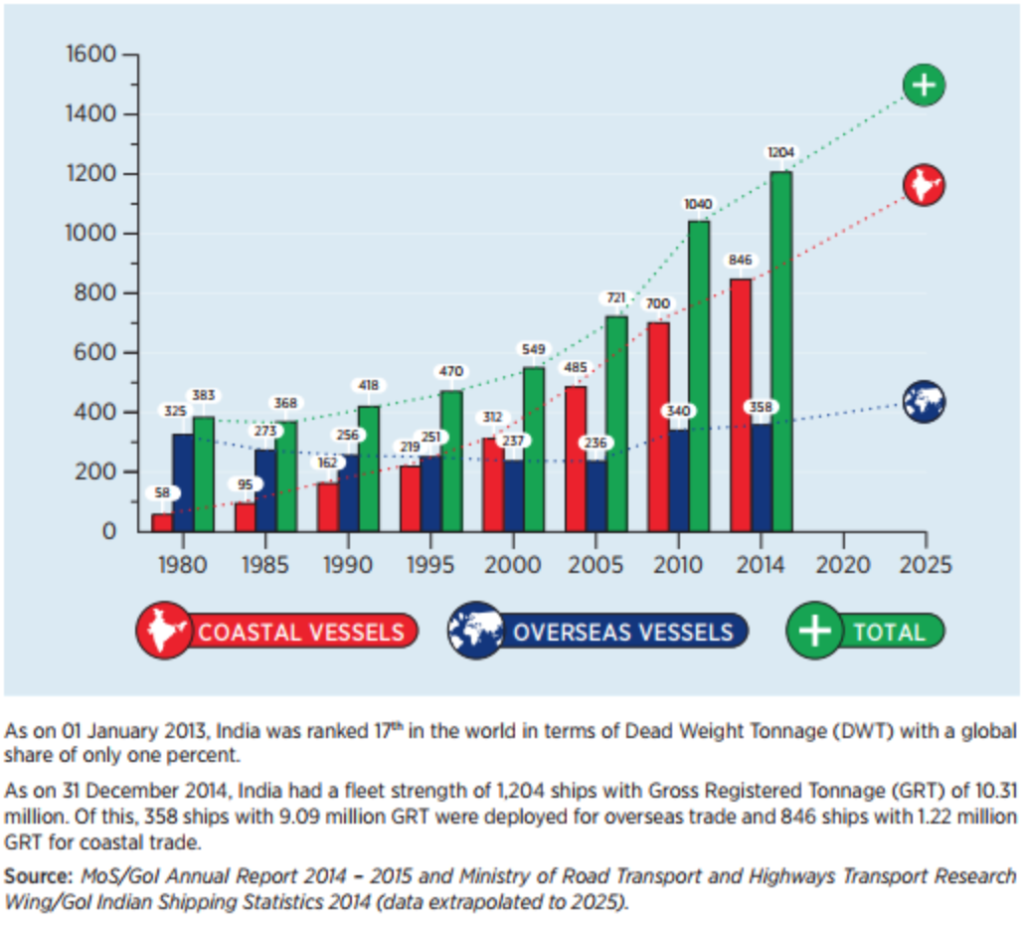
Fig.1 Statistics of Indian Trade using the sea as mode of transport
14.2% of the Indian population lives in coastal areas. Repeated invasions via the sea, in 1993, 2008, the attempted hijacking of naval boats in 2014, all these incidents prove that vigilant protection from the traditional and non-traditional maritime threats like hostile action by opposing governments, maritime terrorism, piracy, and armed robbery is highly necessary.
The Current Scenario for Marine Safety
Some of India’s core goals for marine safety have been to shape a favourable maritime environment for trade, protect on- and off-shore assets from coastal attacks, and develop and maintain an indigenous standing naval force to meet India’s security requirements. To this end, the government has commissioned numerous mechanisms for increasing its interagency presence and patrolling and operative measures.
There has been a cosmic shift in perspective, with the Indian government pushing for indigenous resources more and more, over foreign help for maintaining its defences. The Make in India initiative is the product of the realization that India cannot and should not rely on international whims when it comes to building weapons and equipment for self-defence. Post the 2008 terror attack, 14 Immediate Support Vehicles were commissioned by the Indian navy from indigenous manufacturers, SHM Shipcare, to provide patrolling and interception services.
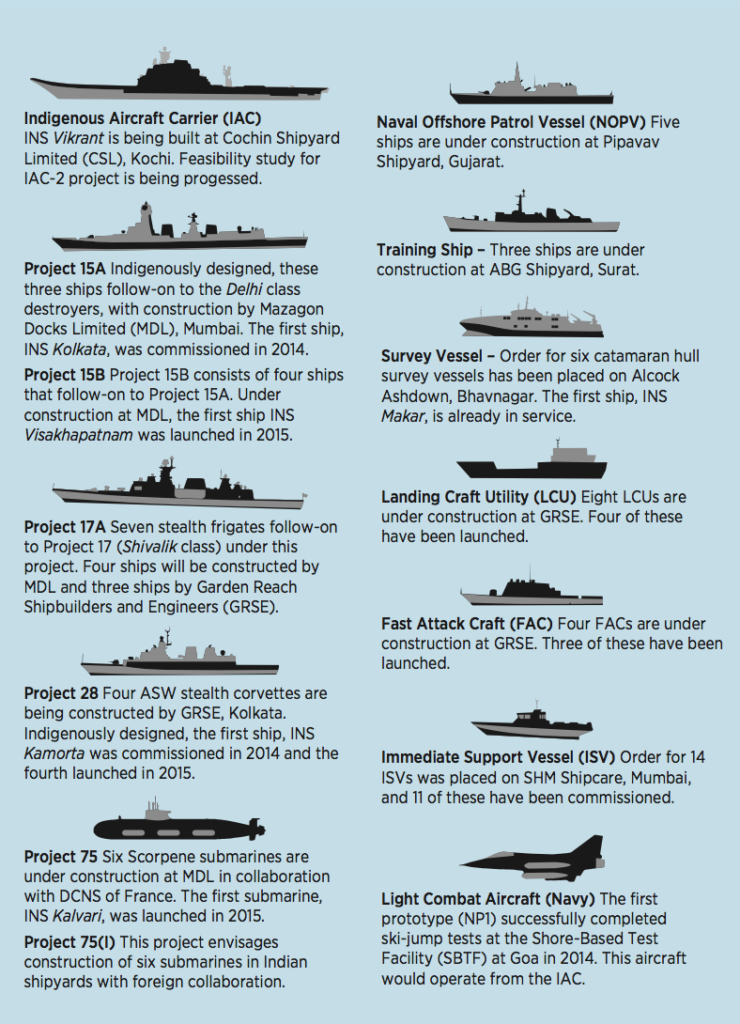
Fig.2 Indigenous Projects on the Horizon
In fact, SHM Shipcare is one of the leading players catering to a provision of high-speed boats and safety equipment for the Indian Navy, since 2014. The company has come up with several innovative boat designs, such as ISV boats, for various applications such as surveillance, interception, recreation, rescue and emergency services, offshore operations, patrolling, and more. The 14 Immediate Support Vehicles supplied to the Indian Navy are designed to have speeds of up to 40 knots, an endurance rating of 600 NM, and operations support for inland, coastal, and open seas. In addition, the company also provides extensive ship repair services across the major ports of India and in countries like Singapore, Dubai, and Malaysia.
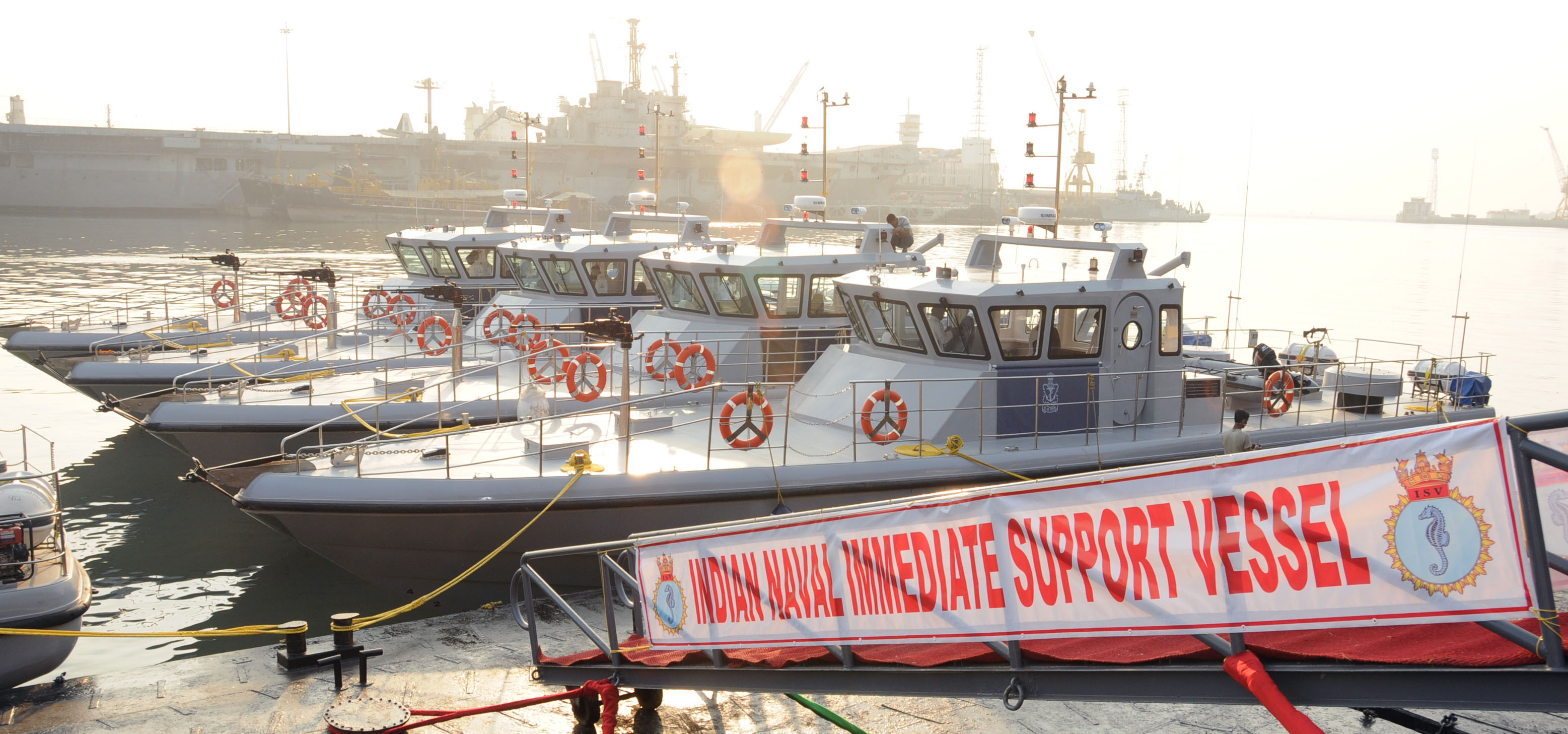
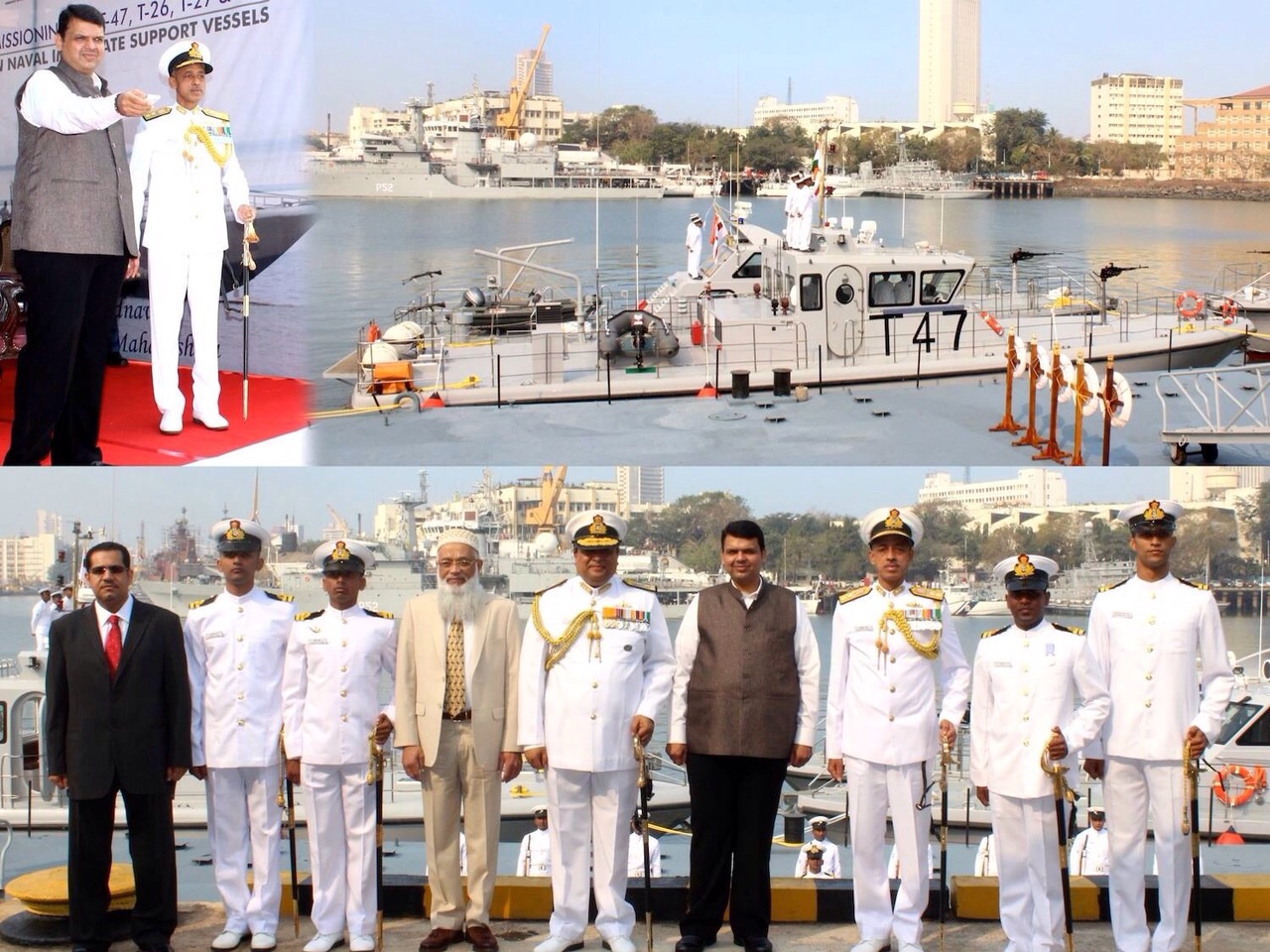
Fig. 3 ISV handover ceremony to Indian Navy – 2014
Conclusion
The events that shook the world had severe ramifications pertaining to national and international security measures. The chapter of 26/11 has taught us through harsh experience, about the importance of marine safety for peace. Not only have these events changed the course of Indian history, but they have also played a crucial role in shaping naval policies for safe seas and safe shores.
India is a strong maritime force in the world, on account of its dynamic, geographically-strategic environment. However, there is a growing need to reduce international dependence for fulfilling our safety requirements. The Indian Navy and the Coast Guard, in conjunction with indigenous ship manufacturers in India, like SHM Shipcare, are hence, taking immense efforts to make the vision of safe seas and safe shores a reality for the nation.


